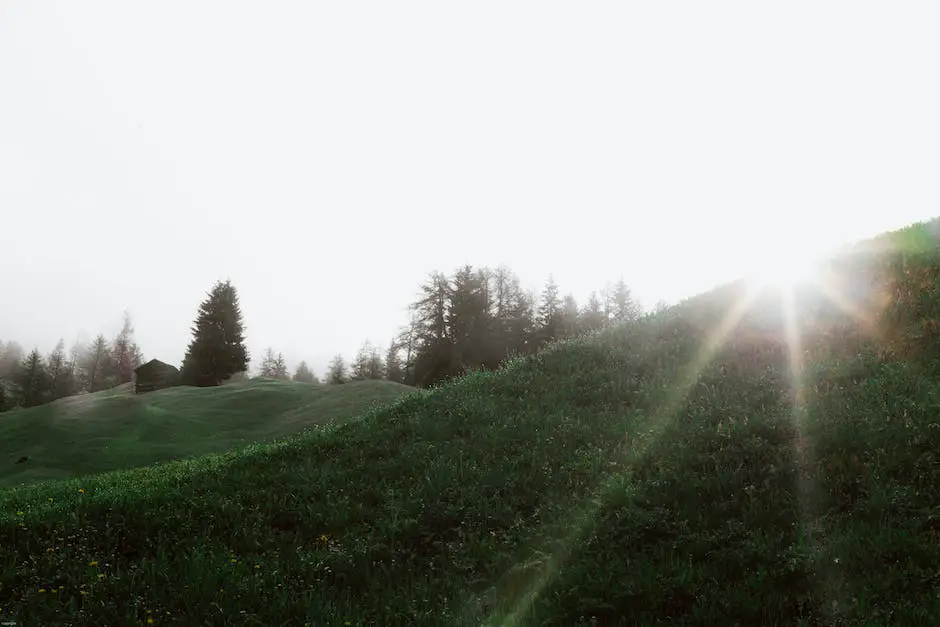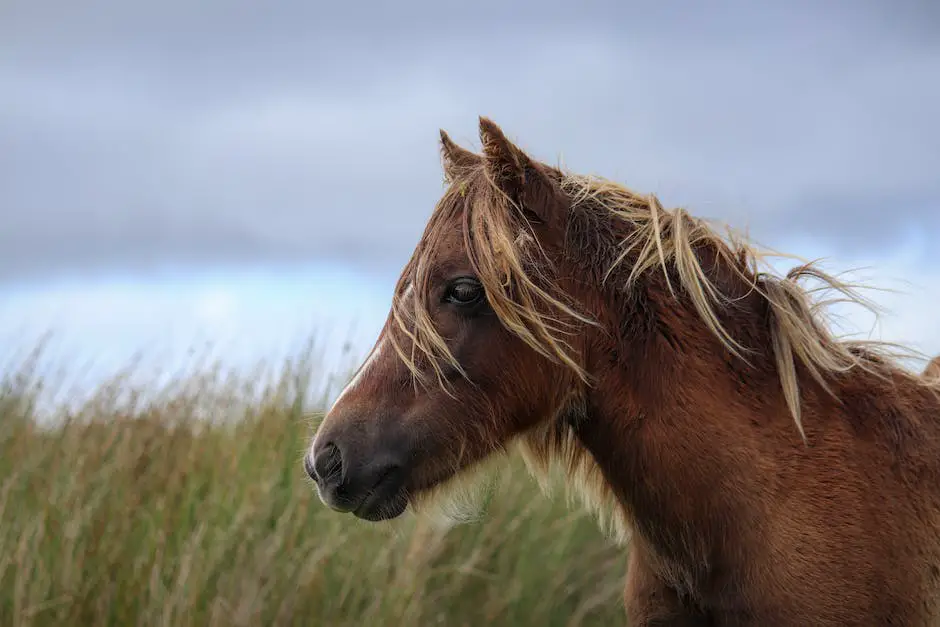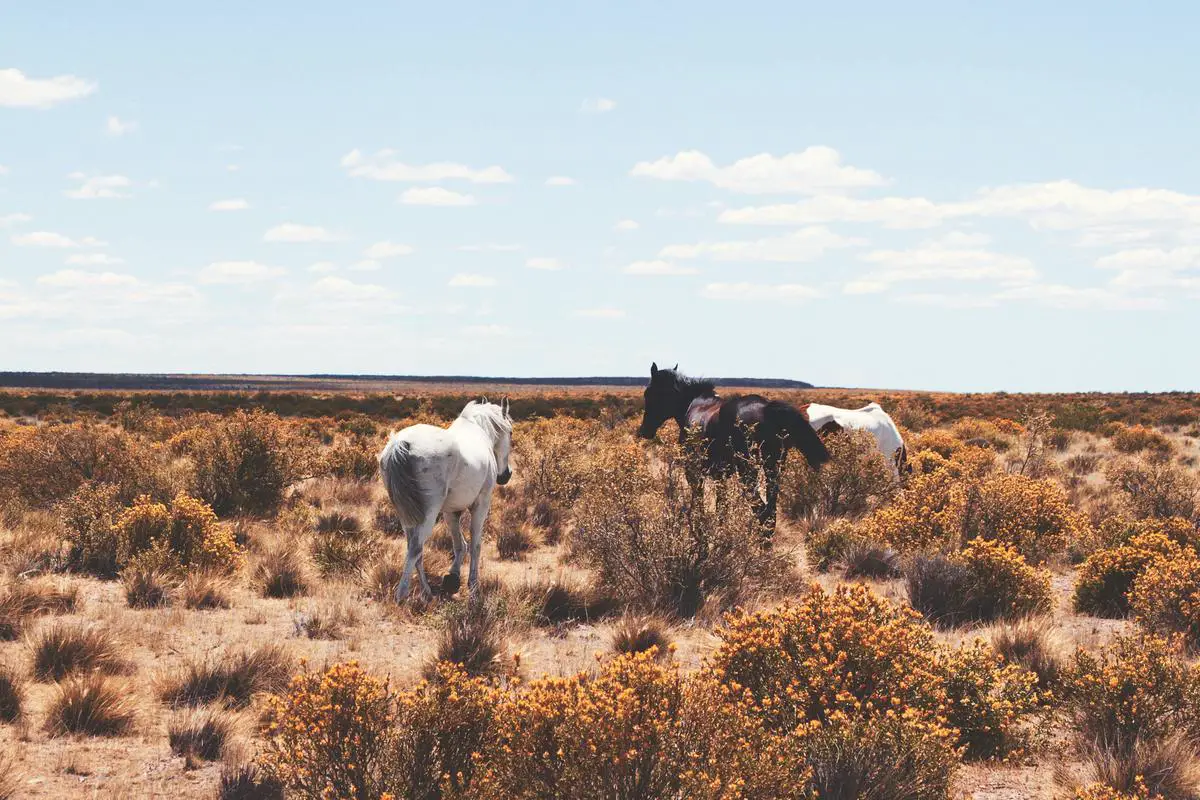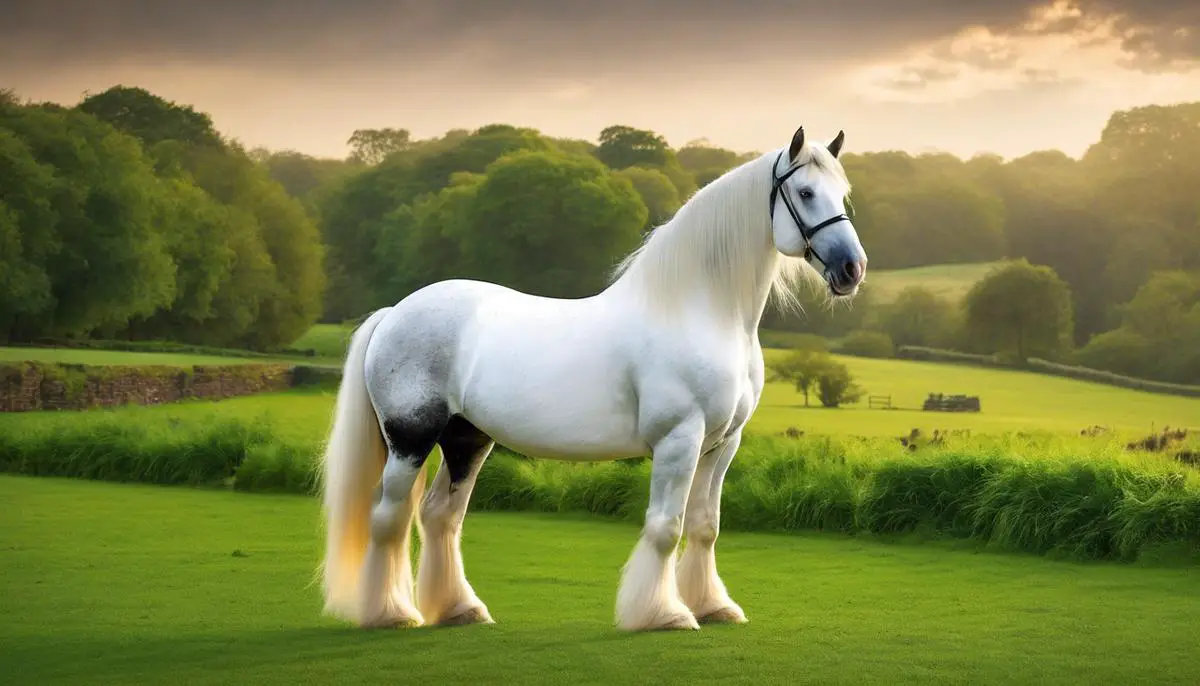Majestic and powerful, yet notably docile and kind, the Shire horse breed embodies a fascinating blend of physical strength and gentle temperament. Originating from the United Kingdom, this exceptional breed has traversed a diverse path through history, making significant contributions to societies and economies across the globe. Amidst these gallant creatures’ heavy hooves and in their gentle gaze, lies a tale of wars, industry, and hard-working performances in various sectors. This discussion delves into the intriguing journey of the Shire horse breed, highlighting its unique physical and behavioral traits, its critical roles as an indomitable workhorse, the essentials of its care and maintenance, and the urgent need for increased conservation efforts to ensure its continued existence.
Table of Contents (Horspedia)
History of the Shire Horse Breed
Unraveling the Story of the Majestic Shire Horses: A Noble Breed of Giants
Deep-rooted in history, the story of the Shire horse breed is as fascinating as the animal itself. Known for their impressive size and mass yet remarkably gentle temperament, these are not just horses; they are gorgeous pieces of living history.
Tracing its origins back to the medieval times in England, the Shire horse has quite the legendary lineage. They are thought to descend from the “Great Horse,” a breed known for carrying knights into battle. Over time, as the need for war horses dwindled, emphasis shifted to developing a breed that could be used for agricultural purposes. And so, the Shire horse, as we know it today, came to be.
The Shire horse was first recognized as a distinctive breed in the 17th century during the reign of King Henry VIII. The monarch appreciated the strength and courage of these horses and even passed a law requiring their breeding. The name ‘Shire’ itself refers to the British counties, or “shires,” where these horses were predominantly bred.
During the 18th century, the Shire horse breed further evolved with selective breeding and the introduction of Dutch and Frysian bloodlines, adding to its size and power. Their unparalleled strength was instrumental to the industrial revolution, pulling heavy loads on the canal boats. They were the powerhouse behind the rapid growth of infrastructure, transportation, and trade during this era.
By the turn of the 20th century, Shire horses became popular even beyond the borders of the UK. Their unmatched might and gentle demeanor were highly valued, leading to increased demand in the United States, Canada, and many parts of Europe.
However, as the world moved away from horse-driven power to mechanization, the need for Shire horses gradually declined. Their numbers suffered significantly, and they were even listed as an endangered breed. But thanks to the devotion of preservation societies and breed enthusiasts, these magnificent creatures are still with us and continue to charm horse lovers worldwide.
There’s no denying the historical significance of the Shire horses. They have plowed our fields, carried our loads, and driven our industries. They are an integral part of our shared heritage, reminding us of the world before modern conveniences.
For anyone interested in horse breeds, the story of the Shire horse serves as a splendid example of how these noble creatures have evolved over time, adapting to human needs and societal changes. Today, these gentle giants are cherished for more than just their strength. They have become symbols of elegance, resilience, and a beautiful reminder of our rich historical past.

Physical Characteristics and Temperament
Let’s delve into some intriguing aspects of the fascinating Shire horse.
Truly stand-out creatures, these remarkable beasts exhibit quintessential physical attributes that set them apart from other horse breeds. Tall and strapping, Shire horses possess an imposing musculature that pronounces their farming and battle-born legacy, while their docility reflects endearing temperament. These horses, known for their strength and kindness, indeed embody a remarkable combination of power and gentility.
Shire horses generally range in height from 16 to 18 hands, making them one of the tallest horse breeds worldwide. Allow that grand stature to sink in. Picture a majestic, towering creature standing at about six feet at the shoulder. Males often weigh between 1,800 to 2,400 pounds, while females weigh slightly less, a testament to their robust nature.
Shire horses are genuinely beautiful with their broad foreheads, large eyes, and long faces, capable of captivating any observer. They have powerful legs with feathery white fur adorning the area just above their hooves. Their fur ranges from black, bay, and brown to grey, providing a rich palette to behold.
Thick, opulent manes and tails are another standout feature of Shire horses. Their well-fleshed necks and strong backs synergize with muscular hindquarters, steering our thoughts towards their ancestry that demarcated them as beasts of burden, pulling heavy loads and farm equipment with apparent ease.
Turning our attention towards their hockey puck-sized hooves, one can only marvel at their functionality. The oversized hooves have evolved to support their immense body mass and workload, unexpectedly imprinted with a unique trait of spreading wide when they walk. This feature provides increased stability, enabling them to negotiate marshy terrains and muddy fields like a theatrical pro.
Beneath all this physical sturdiness lies a temperament that’s a heartwarmer. Despite their daunting stature, Shire horses are known for their calm demeanor and patience. They’re even-tempered, compliant and willing to cooperate with humans, making them perfect for tasks requiring refined handling and precision.
These goliaths exhibit unwavering kindness and gentleness towards children and other animals. Aptly described as “gentle giants”, Shire horses often participate in equine therapy sessions. Beneficially, they can help reduce stress, create a sense of calm, and foster emotional connectivity, all the while showcasing their softer side.
This extraordinary blend of might and meekness shaped Shire horses as working legends in farming and forestry. Yet, their adaptability didn’t stop there. From tranquil trail mounts to royal carriage horses, Shires have shown remarkable versatility. Today, they continue to grace parades and other ceremonial events globally. This, in itself, reflects the powerful legacy of the Shire horse, steeped in history, yet dynamically tailored to meet the shifting landscape of human needs and interests. A testament to their resilience, and indeed, our own.

Shire Horses as Working Animals
In the modern day, the Shire horse continues to showcase its unique abilities as it strides confidently into realms beyond its historical roles. Possessing an aptitude for strenuous labor that rivals mechanized machinery, these regal equines are now breaking ground in forestry and agricultural industries once again. Shire horses, with their incredible strength and nature-adapted stature, are adept at navigating rough terrains that modern machines find challenging. They can step over fallen trees with ease and navigate steep slopes, making them excellent for logging operations in areas that are difficult to reach. This gentle giant of the horse world has found its stride anew in forestry and environmental conservation operations.
Not only has their strength made them coveted among workers, but the Shire horse’s endorsement of sustainable practices has also won them many a heart in the eco-friendly farming community. Their use significantly reduces carbon emissions, soil compaction, and damage to the forest floor compared to motorized vehicles.
While their strength is legendary, Shire horses also have another ability that is much coveted – they are renowned for their calm and gentle demeanor. These majestic creatures are an epitome of tranquility, and their soothing presence has led to their use in equine-assisted therapy programs. Humans interacting with these docile giants often find comfort and relief from various psychological, cognitive, and emotional hardships.
At the same time, Shire horses have never faltered from their ceremonial duties. They continue to participate at weddings, fulfill traditional brewery dray duties, or create stirring images at public parades, flaunting their majestically feathered hooves and embroidered harnesses. Unrivaled in grace and beauty, a procession led by Shire horses is a spectacle few can forget.
And let’s not forget those who enjoy leisurely pursuits amidst nature. Shire horses make fantastic companions for enthusiasts of trail riding. Proving that their functionality stretches beyond labor-intensive tasks, they effortlessly combine power with serene composure delivering an unmatched experience through meandering trails or beaches.
Shire horses are also known to charm the crowds in the show ring, standing tall in the competitive world of horse shows. Bestowed with a unique range of abilities, a Shire horse can be seen competing in various categories, from dressage and show jumping to traditional carriage driving.
In conclusion, the mighty Shire horse is an endearing mix of might, grace, and serenity. Despite the advent and dominance of mechanization, this noble breed, with their diverse array of talents, has etched its role in modern times. These horses continue to seize the hearts and admiration of many, letting the echo of their hooves whisper an ode to resilience, strength, and gentle grace. They truly are living testaments to the versatility and longevity of heritage breeds in our contemporary world.

Care and Maintenance of Shire Horses
Now that the historical significance, physical attributes, and diverse roles of Shire horses have been articulated, let’s dive into understanding the best practices for maintaining their health, diet, and overall care. This is essential for any enthusiast wishing to raise these gentle giants.
Firstly, considering their size and workload, Shire horses require a balanced diet rich in high-quality hay or pasture grass, supplemented with grains and mineral licks for added nutrition. Water access is, of course, vital, and a Shire horse will typically consume between 12 to 25 gallons per day depending on their workload and the weather. Remember, Shires are at risk of digestive problems stemming from overeating, so feed should be delivered at regular intervals rather than all at once.
Proper grooming is also important, particularly for their characteristic ‘feathers’ or long hair around the hooves. These can harbor mud and moisture, potentially leading to hoof conditions like thrush and scratches. Regular brushing and cleaning of their coat, mane, tail, and hooves keep them clean, healthy, and comfortable.
Periodic vet checks are vital in maintaining the health of your Shire. Routine deworming, vaccinations, and dental checks will prevent diseases and ensure your horse’s overall well-being. A specialized farrier is crucial too, as Shires have large, heavy hooves that require frequent trimming and shoeing to prevent overgrowth and splitting.
Shire horses can be more prone to certain health conditions, like equine polysaccharide storage myopathy (EPSM), a metabolic disorder that affects the way a horse’s muscles store and use energy. Symptoms include stiffness and an awkward gait; thankfully, it can be managed with dietary changes and exercise tailored to the horse’s tolerance levels.
Notably, training for Shire horses should be started early as they tend to mature slower than other breeds mentally even though their bodies grow quickly. This should be carried out with positive reinforcement methods, imbued with patience and consistency.
To conclude, owning and caring for a Shire horse can be an immensely rewarding experience, brought about by their captivating blend of might and grace. Whether it’s their impressive strength put to use in farming, forestry work, or simply their calm, therapeutic presence in equine therapy programs, Shire horses resonate with a timeless heritage that is worth preserving and cherishing. Thus, their health and well-being are a grand investment worth every ounce of devoted care and attention.

Conservation Efforts for Shire Horses
As we deepen the conversation on conservation efforts for the majestic Shire horse breed, it’s essential to understand that one of the vital catalysts for this movement is the sudden drop in their numbers. The industrial revolution dramatically reduced the need for these workhorses, resulting in a rapid decline. In recent years, however, dedicated breeders, enthusiasts, and societies have been instrumental in raising awareness and implementing actions to help the breed bounce back.
The most pivotal strategy has been through establishing and supporting Shire horse breed societies. These organizations aim to uphold the breed’s integrity by setting breeding standards, organizing showing competitions, and offering advice and support to the Shire horse community. The Shire Horse Society in the UK, founded in 1878, has been key in Shire horse preservation, employing techniques like monitoring pedigree breeding lines and running preservation events such as annual National Shire Horse Shows.
Also, breed enthusiasts and smaller-scale farmers are purchasing Shire horses to participate in local horse shows or use for eco-friendly farming practices. Buying and showcasing these horses not only ensures their survival but also raises awareness in local communities, encouraging further support for their conservation.
Alongside breed societies and enthusiasts, modern farmers and forestry professionals are beginning to understand the benefits of harnessing the Shire horse’s impressive power in an eco-friendly way. For farmers practicing sustainable agriculture, these horses provide an excellent alternative to tractors and other fuel-guzzling machinery. They help reduce soil compaction, lower fossil fuel reliance, and ultimately help in combatting climate change.
Moreover, for shear awe and royal pageantry, Shire horses remain inimitable. Their ceremonial roles in parades, Royal Guards, brewery drays, weddings, and other public events continue to captivate the public. These opportunities underline the breed’s charm and expose more people to the Shire’s plight.
Teaching and promoting horse-farming practices to the younger generation forms another critical cog in the Shire horses’ conservation wheel. Educational initiatives are being set up to ensure knowledge of horse farming and forestry skills continue to be propagated. These initiatives help young people appreciate this age-old tradition and inspire them to consider Shire horses in their future farming or forestry enterprises.
Lastly, Shire horses are increasingly visible in equine-assisted therapy programs due to their calm demeanor and gentleness. They serve people with mental, emotional, or physical challenges, providing non-judgmental companionship. Equine therapy initiatives are gaining traction as part of holistic health practices worldwide, providing another avenue for the Shire horses to truly shine.
In conclusion, an intricately woven tapestry of strategies ensures the conservation and rejuvenation of the Shire horse breed. The journey to preserve these noble animals unites breed societies, enthusiasts, farmers, therapists, and the general public. While the task remains a challenge, more hands are joining this noble effort, ensuring the legacy of the Shire horse endures in both rural landscapes and our hearts for generations to come.

Photo by luthiabags on Unsplash
Through the journey this document takes, it is then revealed that the Shire horse breed holds a distinct position in humanity’s history and a special place in our hearts. With their impressive strength and willingness to work, coupled with a docility that makes them a pleasure to handle and care for, Shire horses have demonstrated their unmistakable value and charm. However, their declining numbers highlight an imminent threat to their survival. Therefore, it isn’t merely about appreciating the qualities and contributions of these majestic creatures but also about actively engaging in initiatives that ensure their preservation. As individuals and societies, we hold the reins to sustain this beautiful creature’s future, and it’s high time we steer in the direction of conservation.
